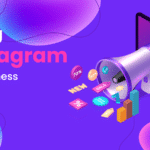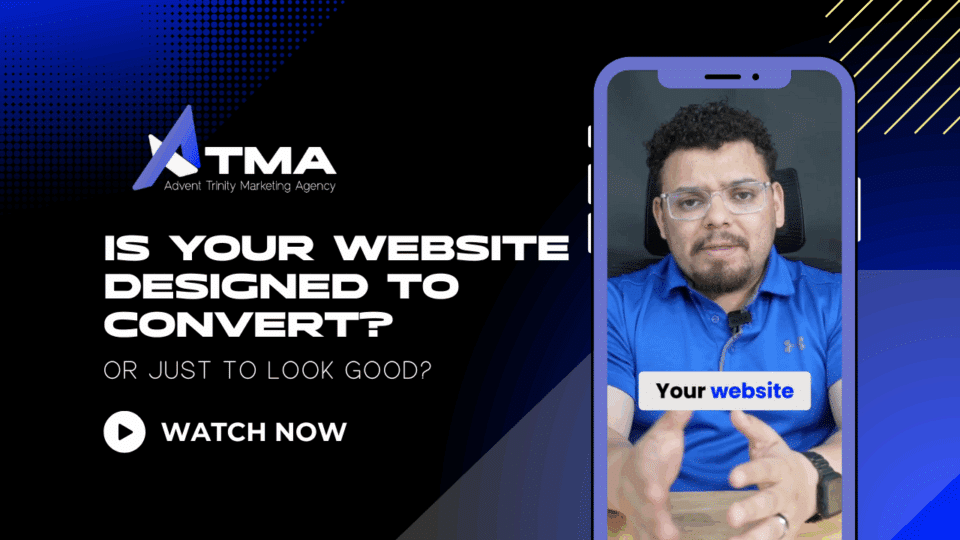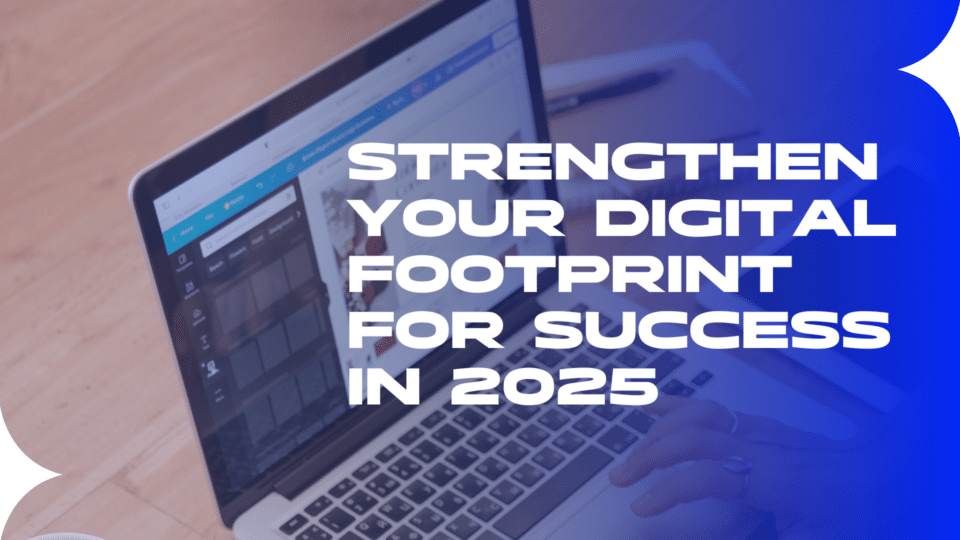
Awesome Things to Post on Instagram That Work Remarkably Well
March 22, 2023
Boost Your Business on Instagram: The Ultimate Guide
April 8, 2023How Awesome Typography Can Surprisingly Revolutionize Web Design
Discover the art of website typography! From evoking emotions to capturing brand essence, learn how it impacts UX and enhances your website’s appeal.
Typography is more than just words on a page – it’s an art form. From the graceful curves of a serif font to the modern lines of a sans-serif typeface, typeface design has the power to evoke emotion, convey meaning, and capture the essence of a brand. In the world of web design, typography is more important than ever.
With millions of websites vying for attention, the right font design can make all the difference in grabbing a user’s attention, guiding them through the content, and leaving a lasting impression. In this blog post, we will explore the fascinating world of typography and its correlation with web design, uncovering the secrets behind the most effective and visually stunning websites on the internet.
What Is Typography?
Typography is an essential component of web design. It is the art and technique of arranging type to make written language legible, readable, and appealing when displayed. Typography on the web is critical because it directly affects the user experience. This design element may also be called “fontography,” “typeface design,” “font design,” “lettering,” and “typesetting.”
The Correlation Between Typography and Web Design
Typography is the backbone of web design. It influences the readability, mood, tone, and message of a website. Good typography ensures that users can easily read and understand the content, while bad typography can cause confusion and frustration.
It is also important to consider typeface design in relation to other design elements, such as color, layout, and imagery. The typography used on a website should complement these other visual design elements and create a cohesive design. Web designers often have to balance aesthetic considerations with practical concerns, such as font legibility and compatibility, in order to create a website that is both visually appealing and user-friendly.
Choosing the right font is a crucial decision in web design. The font you choose will have a significant impact on the overall look and feel of your website, as well as its readability and accessibility. When selecting a font, consider the purpose and tone of your website, as well as your target audience. Sans-serif fonts are generally easier to read on the web, while serif fonts are better suited for print.
You should also choose a font that is web-safe and compatible with all devices. By taking the time to carefully choose the right font, you can create a functional and visually appealing website.
The Importance of Typography in Web Design
Readability
Readability is the most important aspect of typeface design. The purpose of typography is to make content on a web page easy to read and understand. The font size, line spacing, and font style all contribute to the readability of a website. Good typography ensures that users can easily read the content without having to strain their eyes.
Branding
Typography is also an essential part of branding. A website’s typography should be consistent with the brand’s overall look and feel. Consistent typesetting helps to establish a brand identity and reinforce brand recognition.
User Experience
The user experience is directly influenced by typography. A website with good typography makes it easy for users to navigate, read, and find information. The right typesetting can also set the tone for the website and create a positive emotional response from users.
Accessibility
Typography plays a vital role in web accessibility. People with visual impairments or reading disabilities rely on typography to make web content accessible. Good typography ensures that content is accessible to everyone.
Legibility
Legibility refers to the ease with which letters can be distinguished from one another. Good typesetting ensures that the letters are easily distinguishable, making the content easy to read.
Tips for Using Typography in Web Design
Choose the Right Font
Choosing the right font is crucial in web design. The font should be legible and appropriate for the content. Sans-serif fonts are generally easier to read on the web than serif fonts. Also, consider using web-safe fonts to ensure that the letter forms will display correctly on all devices.
Use Hierarchy
Hierarchy is important in typography. It helps to guide the user’s eye through the content and prioritize information. Use larger font sizes and bold text for headlines and subheadings. Use smaller font sizes for body text.
Pay Attention to Spacing
Spacing is critical in typography. Proper spacing between letters, words, and lines makes content easier to read. Use appropriate line spacing, kerning, and tracking to improve readability.
Limit the Number of Fonts
Using too many fonts can be overwhelming and distracting. Stick to two or three fonts that complement each other and use them consistently throughout the website.
Color
The color of the text and background also plays a role in the visual element of typography. The contrast between the text and background should be sufficient to make the text legible. Careful selection of colors can also contribute to the overall tone and mood of the website.
Consistency
Consistency is key when it comes to typography. Consistent use of font styles, sizes, and colors creates a cohesive look and makes the website more visually appealing. It also helps to establish a clear hierarchy and guide the user’s eye through the content.
Alignment
Alignment is another important factor in typography. Text should be aligned to a grid or a baseline to create a structured and organized look. Proper alignment can also help to improve readability and create a more professional-looking website.
Responsive Design
With the rise of mobile devices, it is important to consider how typesetting will look on different screen sizes. Responsive typography adjusts the font size, line spacing, and other typographic elements based on the device being used. This ensures that the content remains readable and easy to navigate on any device.
Custom Fonts
Custom fonts can add personality and uniqueness to a website. However, it is important to ensure that the custom font is web-safe and that it is licensed for use on the web. Custom fonts can also impact the loading time of a website, so it is important to optimize them for the web.
White Space
White space, aka negative space, refers to the empty space around and between elements on a website. The use of white space can help to improve readability, create a sense of balance, and make the website more visually appealing. Proper use of white space can also help to establish a clear hierarchy and guide the user’s eye through the content.
Give Them Something To Font About – Typography
Typography is the unsung hero of web design – often overlooked but essential to creating an exceptional user experience. A well-crafted typographic palette can transform a block of text into a work of art, guiding the user’s eye, setting the tone, and conveying the message with elegance and style. But creating the perfect typographic balance is no easy feat.
From selecting the right fonts to balancing white space and alignment, it takes careful consideration and attention to detail. By following the rules of good typeface design, you can turn a bland website into a visual masterpiece that engages and delights users.
Creating Exceptional Websites with Visual Elements Like Typography and UX Design
At Advent Trinity Marketing Agency, we believe that designing websites is not just about aesthetics but also about creating an exceptional user experience. We know that a website’s visual elements, such as typography, color, and imagery, can make or break the user experience, so we take great care in selecting and designing these elements.
Our team of experienced UX designers uses the latest design trends and tools to create websites that are not only visually stunning but also functional and user-friendly. We work with popular website builders to ensure that our websites are easy to manage and update, allowing our clients to focus on growing their businesses. Whether you’re looking for a brand new website or a redesign of an existing one, our team has the expertise and passion to bring your vision to life.




